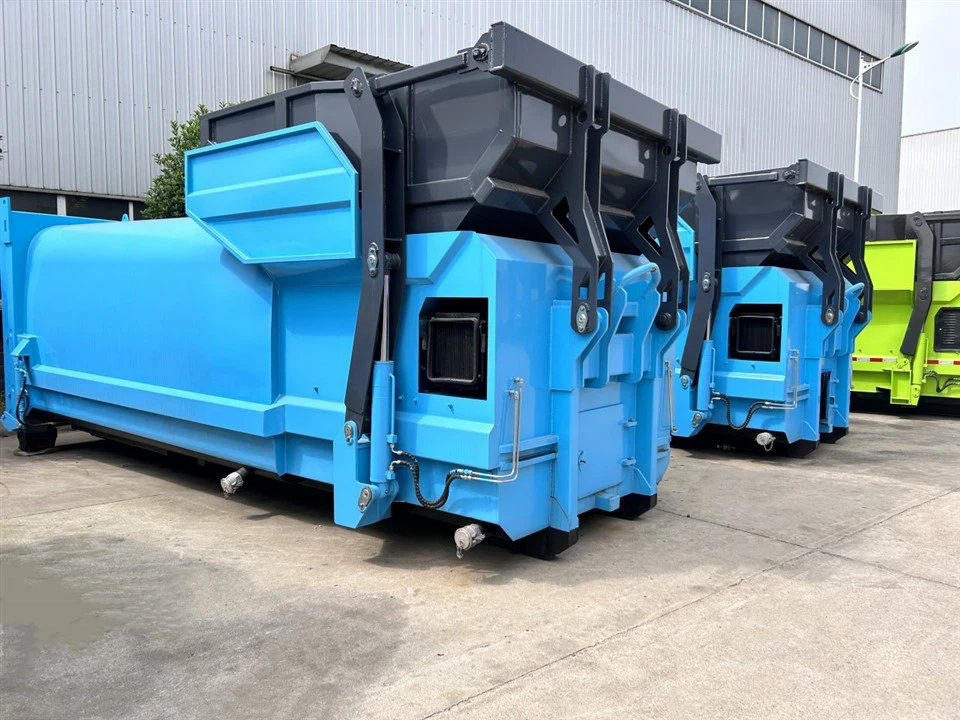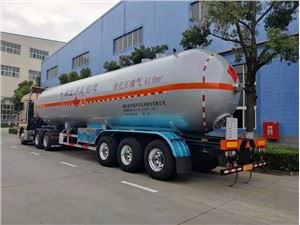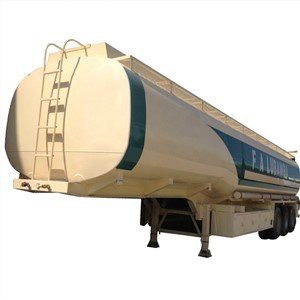How Many Wheels Do Garbage Trucks Have? A Comprehensive Guide

Garbage trucks are crucial for maintaining urban cleanliness and hygiene. Understanding their structure, particularly the number of wheels they have, can provide insights into their design, functionality, and operational capacity. In this article, we’ll explore the wheel configurations of garbage trucks, their significance, and much more.
Understanding Garbage Trucks
Before delving deep into the specifics of wheels, it’s essential to comprehend what garbage trucks are and their role in waste management.
Definition and Purpose of Garbage Trucks
Garbage trucks are specialized vehicles designed for collecting and transporting waste. They are equipped with features that facilitate the efficient loading, compacting, and unloading of refuse.
Types of Garbage Trucks
There are several types of garbage trucks, each designed to serve specific needs. Here are some common types:
- Front Loader Trucks: These trucks have a loader at the front, primarily used for commercial waste collection.
- Rear Loader Trucks: Featuring a rear-loading mechanism, they are common for residential waste collection.
- Side Loader Trucks: These trucks can pick up waste bins from the side, making them suitable for narrow streets.
- Roll-off Trucks: Used for transporting large containers or dumpsters, often for construction or renovation projects.
Wheel Configuration of Garbage Trucks
The number of wheels on garbage trucks can vary based on their design and purpose. Let’s dissect the general configurations.
Standard Wheel Count of Garbage Trucks
Most garbage trucks typically have six wheels. However, variations exist, which we will explore in detail.
| Type of Garbage Truck | Number of Wheels | Purpose |
|---|---|---|
| Front Loader | 6 to 10 | Commercial waste collection |
| Rear Loader | 6 | Residential waste collection |
| Side Loader | 6 to 10 | Narrow streets and automated bin collection |
| Roll-off Truck | 6 to 10 | Transporting large containers |
Importance of Wheel Count
The number of wheels affects the truck’s stability, load capacity, and maneuverability. A truck with more wheels can distribute weight better, allowing for heavier loads and improved handling.
Stability
The design of garbage trucks with multiple wheels provides greater stability, especially on uneven terrains. This stability is crucial while navigating city streets or rural areas.
Load Capacity
More wheels can mean a larger load capacity. Trucks designed with eight or ten wheels carry more waste, making them ideal for larger residential or commercial loads.
Design Features Influenced by Wheel Count
The number of wheels on a garbage truck influences several design elements, from the size of the truck to the materials used in its construction.
Chassis and Suspension Systems
More wheels can require a robust chassis and advanced suspension systems to support the additional weight and ensure a smooth ride.
Turn Radius
A truck’s number of wheels affects its turning radius. Trucks with fewer wheels usually have a tighter turn radius, making them suitable for urban environments with narrow streets.
Impact on Driving
The turning capability is essential for efficient waste collection, enabling garbage trucks to access hard-to-reach areas.
Operational Considerations
Understanding how many wheels garbage trucks have also sheds light on operational considerations. The wheel count can affect the truck’s performance in various ways.
Fuel Efficiency
Trucks with fewer wheels may have better fuel efficiency. However, this can vary based on the truck’s load and driving conditions. A well-designed truck balances efficiency with capacity.
Maintenance and Repair Costs
More wheels can lead to higher maintenance costs due to additional tire replacements and repairs. However, better load distribution can sometimes offset these costs in terms of wear and tear on the vehicle.
Examples of Garbage Trucks by Wheel Count
Let’s look at some well-known garbage truck models and their wheel counts:
Example Models

- Freightliner M2 106: Typically configured with 6 wheels, it’s ideal for residential routes.
- Peterbilt 520: Often equipped with 8 wheels, this model serves larger commercial applications.
- International WorkStar: Ranges from 6 to 10 wheels, suited for various waste collection needs.
Specialty Garbage Trucks
Some specialty garbage trucks, like those used in construction sites, can have even more wheels (up to 12) to handle higher loads and challenging terrains.
How Garbage Trucks Operate with Different Wheel Configurations
The operation of garbage trucks can differ significantly with varying wheel configurations and types. Here’s how:
Front Loader Operation
Front loaders have higher load capacities and typically operate with a 10-wheel configuration, enabling them to handle commercial tasks efficiently.
Rear Loader Operation
Commonly adopting a 6-wheel design, rear loaders are optimized for residential use, with a compact design that allows for easy navigation in neighborhoods.
Side Loader Operation
Side loaders may use up to 10 wheels to balance the weight on one side, particularly useful for automated collection systems.
Future Trends in Garbage Truck Design
As waste management technology evolves, we can expect innovative designs and functionalities in garbage trucks, potentially impacting wheel configurations.
Electric Garbage Trucks
The rise of electric garbage trucks may introduce designs that differ from traditional trucks in terms of vehicle weight and wheel count.
Automated and Smart Garbage Trucks
Automated models may feature unique wheel configurations designed to optimize performance while lessening the environmental impact. Navigational technology could also lead to changes in traditional driving dynamics.
Frequently Asked Questions (FAQs)

How many wheels do most garbage trucks have?
Most garbage trucks typically have six wheels, but models can vary with some configurations having up to ten wheels.

Why do some garbage trucks have more wheels than others?
Garbage trucks with more wheels can carry larger loads and offer improved stability and maneuverability, especially in urban environments.
What type of garbage truck is best for residential areas?
Rear loader garbage trucks with six wheels are the most common and efficient for residential waste collection due to their size and maneuverability.
How does wheel count affect a garbage truck’s operation?
The wheel count can influence the truck’s stability, load capacity, fuel efficiency, and overall operational dynamics.
Are electric garbage trucks changing the way we think about wheel count?
Yes, as electric garbage trucks become more popular, they may introduce new designs that affect traditional wheel configurations.
How often do garbage trucks need maintenance based on wheel count?
Generally, a garbage truck with more wheels will require more frequent tire maintenance, but this can vary based on usage, load, and road conditions.
